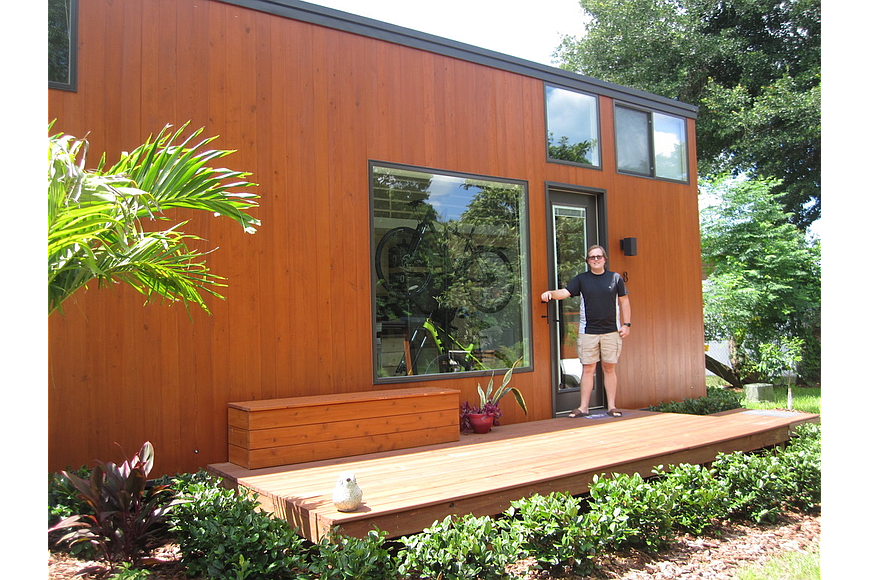- December 13, 2025
-
-
Loading

Loading

Escape Tampa Bay Village, a community of eco-friendly tiny homes created by Dan Dobrowolski, founder of Rice Lake, Wis.-based Escape Homes, has proven so successful that two more adjacent communities are in the works.